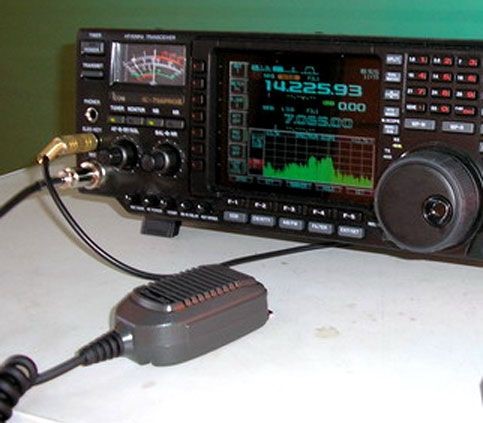Free Courses Sale ends Soon, Get It Now


Free Courses Sale ends Soon, Get It Now



Disclaimer: Copyright infringement not intended.
Context
Advocating last mile connectivity and a HAM in every village, alongside the readiness of HAMs to aid in communication failures, a dedicated team of amateur radio operators (HAMs) embarked on a significant journey from the cyclone shelters of Nachugunta Island, Andhra Pradesh, to participate in the Island on the Air (IOTA) expedition.
Details
About Amateur Radio
Basic Concepts:
Activities and Applications:
Equipment and Technology:
Benefits:
Challenges:
About Islands on the Air (IOTA)
Conclusion
Amateur Radio is a dynamic and diverse hobby with a rich history and a vibrant global community. It offers enthusiasts the opportunity to explore the world of radio communication, develop technical skills, engage in public service, and foster international friendship and collaboration. As technology continues to evolve, Amateur Radio will remain a valuable and enduring pursuit for generations to come.
|
PRACTICE QUESTION Q. As technology continues to evolve, Amateur Radio will remain a valuable and enduring pursuit for generations to come. Comment. (250 words) |
© 2024 iasgyan. All right reserved